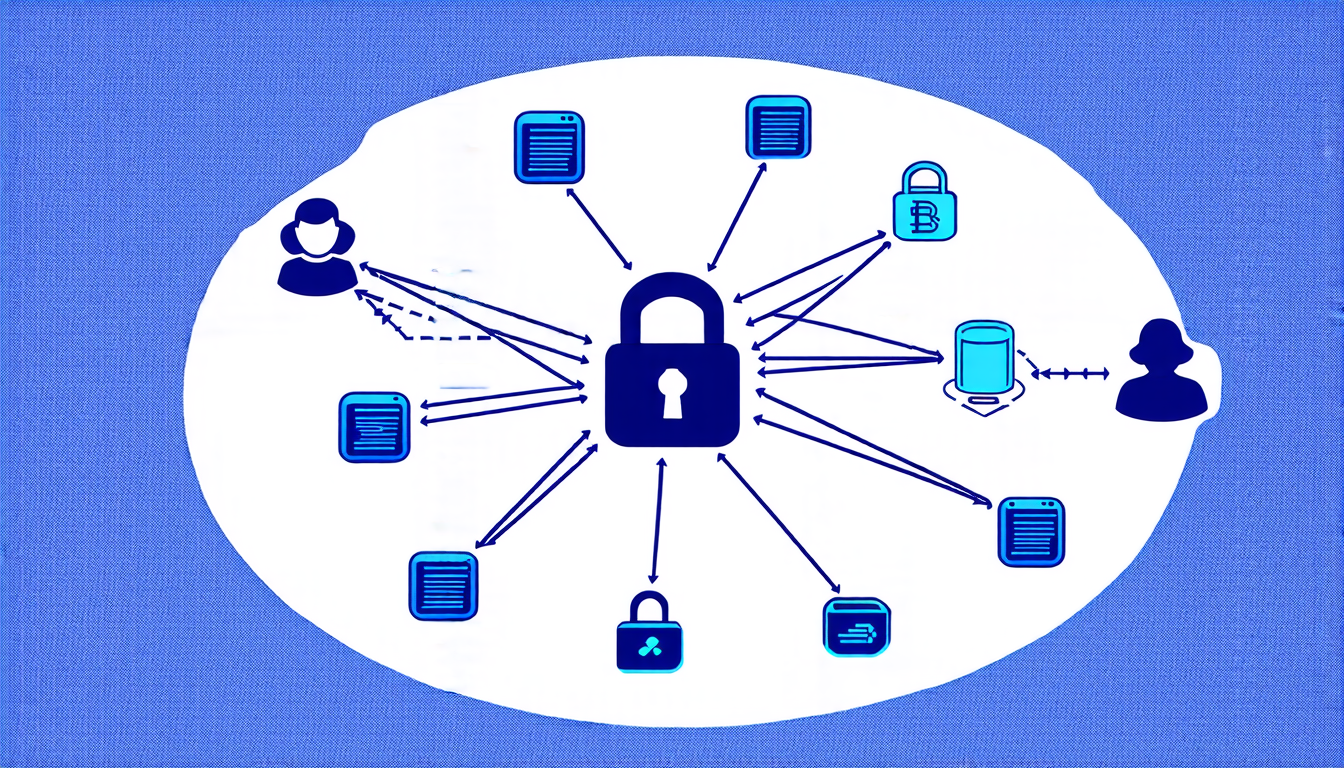Sunday 27 July 2025
A new approach to secure data collaboration in edge computing has been proposed, promising significant improvements in efficiency and robustness. The method combines large language models (LLMs) with secure multi-party computation (SMC) to enhance the security and privacy of data sharing between devices.
Edge computing is a rapidly growing field that enables real-time processing and analysis of data at the edge of the network, closer to where it’s generated. This approach has numerous benefits, including reduced latency, improved performance, and enhanced security. However, securing data collaboration in edge computing is a significant challenge, particularly when dealing with large amounts of sensitive information.
The proposed method addresses this challenge by integrating LLMs, which are capable of processing complex tasks and generating human-like language, with SMC, a cryptographic technique that enables secure collaboration among multiple parties without revealing private information. The resulting system leverages the strengths of both technologies to provide robust data sharing and collaboration in edge computing environments.
The LLM component is responsible for analyzing and summarizing large datasets, identifying patterns and trends, and generating insights. This allows for more efficient processing and reduces the need for sensitive information to be shared between devices. The SMC component ensures that any data exchanged between parties remains confidential and tamper-proof, preventing unauthorized access or manipulation.
The authors of the paper demonstrate the effectiveness of their method using a real-world dataset from the healthcare industry. They show that the proposed system can accurately identify patient populations with high-risk conditions while maintaining confidentiality and ensuring the integrity of the shared data.
The implications of this research are far-reaching, with potential applications in various fields such as finance, government, and education. The ability to securely share and collaborate on sensitive information will enable organizations to make more informed decisions, improve their services, and enhance overall efficiency.
While there is still much work to be done in refining the proposed method, the results of this research are promising and demonstrate the potential for LLMs and SMC to revolutionize secure data collaboration in edge computing. As the technology continues to evolve, we can expect to see significant advancements in the field, enabling even more innovative applications and uses cases.
Cite this article: “Secure Data Collaboration in Edge Computing through Large Language Models and Secure Multi-Party Computation”, The Science Archive, 2025.
Edge Computing, Secure Data Collaboration, Large Language Models, Multi-Party Computation, Cryptography, Data Sharing, Healthcare, Finance, Government, Education, Security, Privacy, Machine Learning, Artificial Intelligence, Network Latency, Real-Time Processing.







